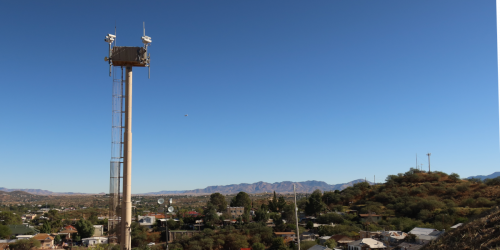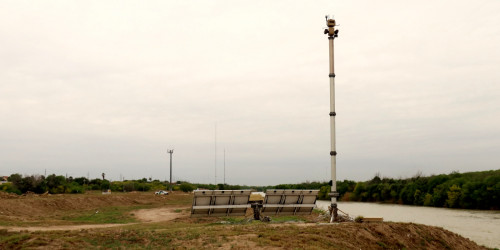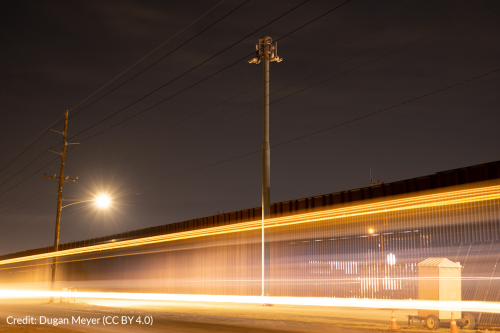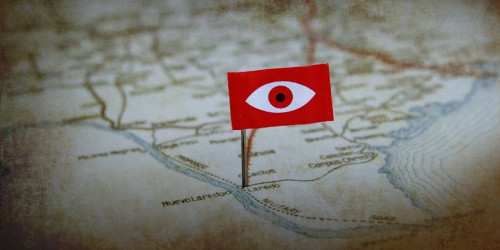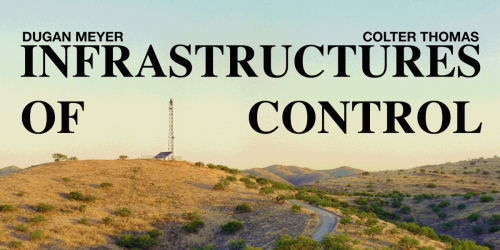When EFF set out to map surveillance technology along the U.S.-Mexico border, we weren't exactly sure how to do it. We started with public records—procurement documents, environmental assessments, and the like—which allowed us to find the GPS coordinates of scores of towers. During a series of in-person trips, we were able to find even more. Yet virtual reality ended up being one of the key tools in not only discovering surveillance at the border, but also in educating people about Customs & Border Protection's so-called "virtual wall" through VR tours.
EFF Director of Investigations Dave Maass recently gave a lightning talk at University of Nevada, Reno's annual XR Meetup explaining how virtual reality, perhaps ironically, has allowed us to better understand the reality of border surveillance.







